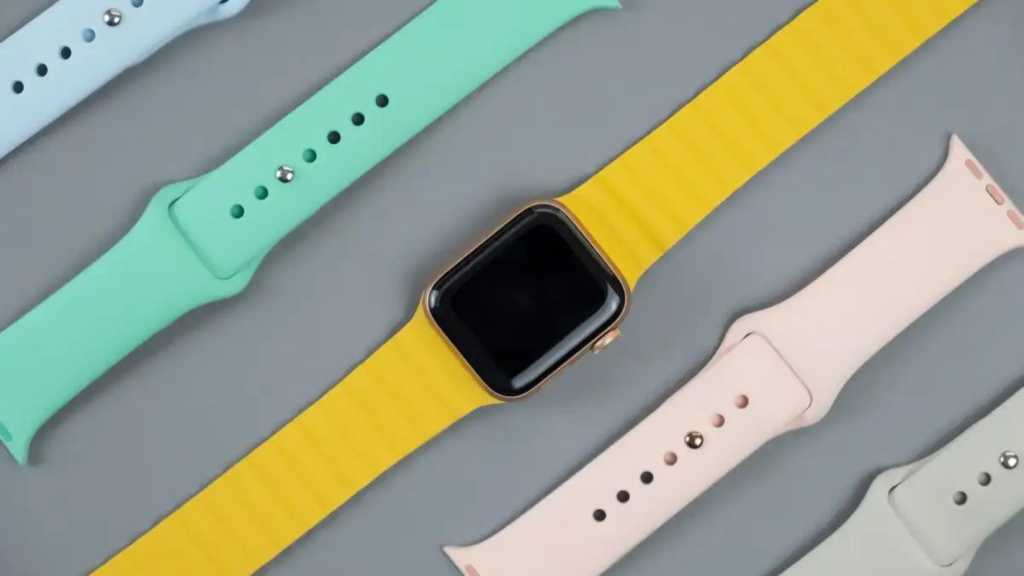Three scientists from the University of Notre Dame in Indiana analyzed the commercially available silicone wristbands of the most popular smartwatches.
The findings are worrying, with high concentrations of perfluorinated and polyfluorinated alkyl substances (PFAS) found in some of them.
These substances are broken down slowly in the body and can accumulate in significant amounts over time. The consequences are still being investigated, but the American Center for Disease Control and Prevention (CDC) warns of effects such as increased cholesterol levels, changes in liver enzymes, high blood pressure and preeclampsia during pregnancy, kidney and testicular cancer.
Lawsuit against Apple
Now Apple has been sued by two Apple Watch wearers, who claim in the lawsuit that Apple should know about the harmful effects of the fluoroelastomers the company uses in its Apple Watch bands and inform its customers about them.
A fluoroelastomer is mainly used in three types of bands, including Apple Sport Bands, Sport Bands for the Nike version of the Apple Watch, and the Ocean Band for the Apple Watch Ultra and Ultra 2.
The lawsuit was filed in a Northern California court on January 21, 2025 and is structured to allow other injured parties to join a class action lawsuit.
In the study, researchers analyzed a total of 22 wristbands from Apple, Nike, Casetify, Fitbit, Google, Kingo Kings, Modal, Samsung, Tighesen and Vajua.
Each wristband examined was assigned an anonymized identifier, such as M1, I1, or E1; The results do not indicate in which wristbands exactly the scientists found a worrying level of harmful PFAS. (The scientists anonymized the wristbands based on price, I stands for “cheap” (up to 15 USD), M for “mid-range” up to 30 USD and E – “expensive” (from 30 USD).
In some cases the researchers measured 0 percent PFAS, in others 90 percent (Table S8 on page 14). Prosecutors allege that Apple’s wristbands contain high levels of perfluorinated and polyfluorinated alkyl substances, as researchers concluded that more than 50 percent PFAS was found in two of the three more expensive wristbands.
What Apple has to say
Apple has not yet publicly responded to the investigation and lawsuit, but in one white paper from November 2022 Apple says it will phase out PFAS from its production. However, according to the newspaper, this will take time:
“A complete phase-out of PFAS from Apple products and processes will take time. We need to create a comprehensive catalog of PFAS uses in electronics, identify and develop non-PFAS alternatives that can meet performance needs for certain critical applications, and take into account the time required for materials qualification. Finally, we must ensure that the non-PFAS alternatives do not result in regrettable substitutions – where alternatives are as harmful as, or even more harmful than, the PFAS being replaced.”
The company also responded directly to our sister site Macwelt:
“Apple Watch bands are safe for users. In addition to our own testing, we also work with independent laboratories to perform extensive testing and analysis of the materials used in our products, including Apple Watch bands.“
However, the Apple Watch is just one of many great smartwatch options out there. For alternatives available without PFAs, see our full guide to the best smartwatches.
This article originally appeared in our sister publication Macwelt and was translated and adapted from German.

